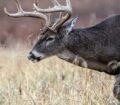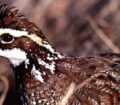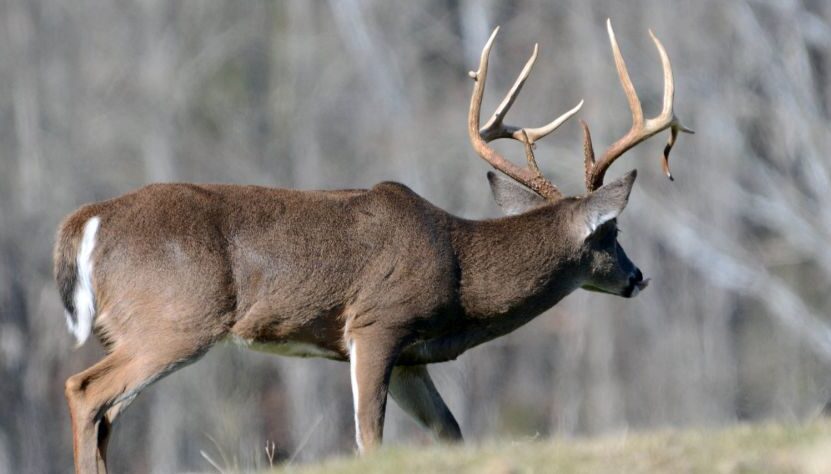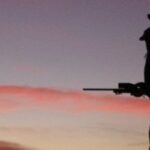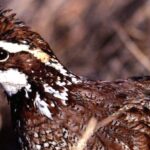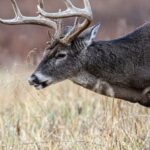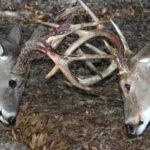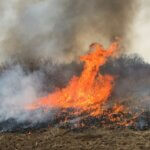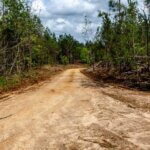Editor’s Note: Start now to manage your hunting lands for maximum wildlife production by following these recommendations from Chuck Sykes, the Director of Wildlife and Freshwater Fisheries in the Alabama Department of Conservation and Natural Resources (DCNR). He tells how the State of Alabama is meeting the growing demand for public-land deer and turkey hunters to have opportunities to hunt lands intensively managed for wildlife like owners manage their private lands. As new public lands have become available to be purchased by the Game & Fish Division, this division has implemented land-management practices in these areas to improve them for maximum wildlife production and older-age-class animals. The DCNR also has limited access to these lands by using a drawing system similar to that of the hunting permit trophy areas in western states. These strategies, when used, can help you improve the land you hunt if you own the land or have the landowner’s permission to implement these land-management tactics.
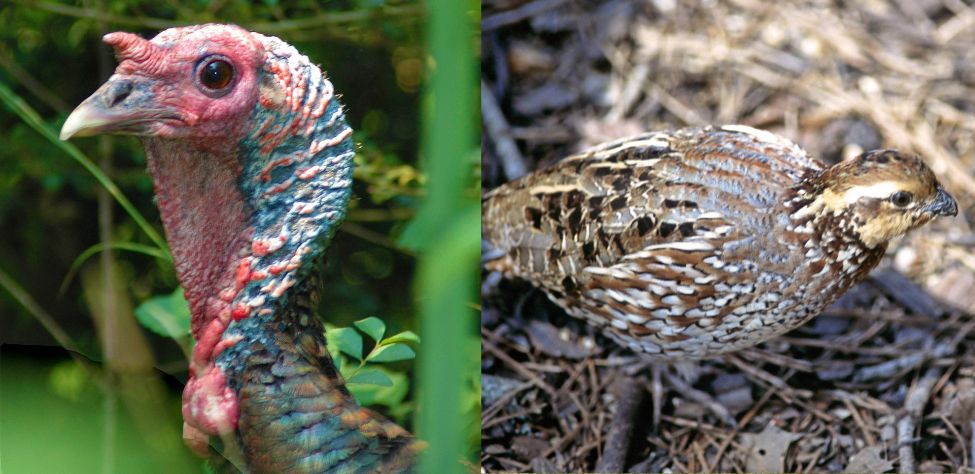
The numerous cedar and sweetgum trees in some places don’t create suitable habitat for wildlife. Sykes mentions that some regions may have thick cedar trees, “You barely can walk through them. The DCNR employed a company that would purchase the right to clear some cedar trees from state lands – particularly on hilltops. Then the DCNR controlled the burns in those areas and converted that land back into rich Black Belt prairie land from decades ago, which is great for deer, turkeys, and quail habitats.”
Another management tool the DCNR is using besides removing non-commercial trees to open the forest floor to sunlight and provide more habitat for wildlife is mulching. A big machine comes onto the land, mulches the understory (small bushes and non-commercial trees), and grinds the brush into mulch.
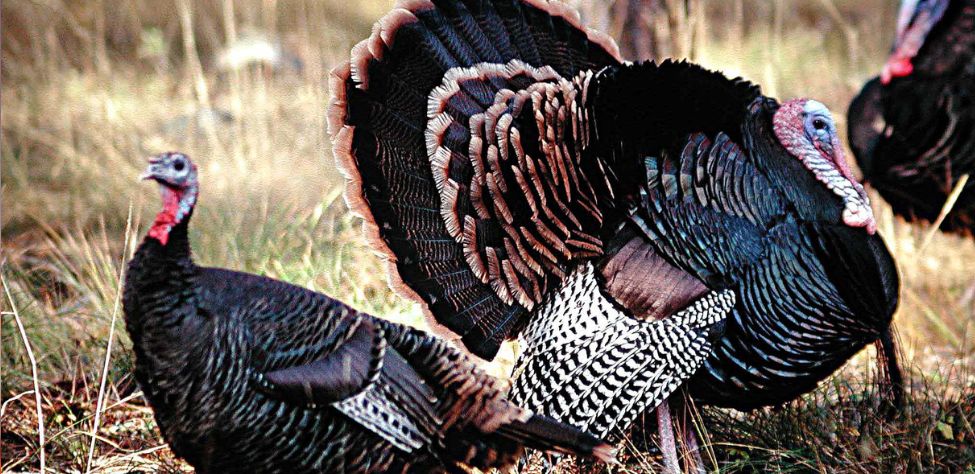
Sykes states, “Besides opening up the forest floor to sunlight, which encourages the growth of native plants and grasses, we sow wheat in those mulched areas. Because we’re also managing the land for wildlife and timber, we can thin our timber stands more aggressively than a commercial timber company or private landowner. We know the more sunlight hits the ground under the timber, the more food the property will produce for deer, turkeys, quail, and songbirds.”
Looking for more content? Check out our YouTube channel and watch “Learn to Take Trophy Bucks by Making Mistakes” by John E. Phillips.

How to Hunt and Take Big Buck Deer on Small Properties
In this book, you’ll hear from 14 hunters who either have gained permission or leased properties as small as six acres to as much as 250 acres, and how they consistently take older-age-class bucks off these little lands.
VERSIONS: AUDIBLE, KINDLE & PRINT

Jim Crumley’s Secrets of Bowhunting Deer
Using a black magic marker and a gray work jumpsuit, Jim Crumley of Buchanan, Virginia, drastically changed the nature and purpose of hunting camouflage when he created the first sportsman’s camouflage – Trebark. Crumley’s love of bowhunting and his desire to be more invisible changed hunting clothing forever.
In this hunting guide, he shares the wisdom that he’s learned throughout his lifetime about how to be a hunter, how to find a deer lease, how to scout for deer, and more.
Special features include how to:
- Have a magic 60 acres to hunt
- Decide the best equipment to use
- Find deer year-round
- Locate land to hunt
- Know the best place to put your tree stand
- Get bucks within bow range
VERSIONS: AUDIBLE, KINDLE & PRINT

How to Hunt Deer Like a Pro
How do you know if the land you hunt has a trophy deer on it? Wildlife manager Bob Zaiglin, of Uvalde, Texas and Jim Crumley, the father of modern-day hunting camouflage, tells you how to find out. GPS can make finding and taking that trophy buck easier. This hunting guide will teach you how to hunt big bucks where no one else can find them, how to call deer, and how to become versatile as a deer hunter, so that if one deer tactic doesn’t work, another one will.
In the chapter, “How to find Bucks at Scrape,” Dr. Keith Causey, retired professor of Wildlife Science at Auburn University, describes the best way to hunt a scrape.
Brad Harrison of Neosho, Missouri, is a nationally-known videographer, professional deer hunter and master at calling deer. Another master is Will Primos of Primos Game Calls. These two experts will tell the best deer calls and when to use them in this book.
And for over 20 years, Bo Pitman, lodge manager of White Oak Plantation, has been studying deer movement patterns. He explains what types of conditions are best for predicting deer movement.
VERSIONS: AUDIBLE, KINDLE & PRINT

Deer hunting and deer hunters are drastically changing each year. To learn new techniques for hunting deer and have more places to hunt, I’ve interviewed some of the best deer hunters in the nation and share their tactics in How to Hunt Deer Like a Pro: Volume II.
In Chapter 10, Jacob Lamar tells you his tactics for consistently taking older-age-class bucks on public lands in several states. Chapter 11, Bob Walker explains how to find places on public lands where you can hunt that 99 percent of the other hunters never have considered hunting. The Bonus Chapter with David Ramey tells you how, where, when and with what equipment to take big Kansas bucks on public lands by hunting in 100-degree weather when others won’t hunt.
Chapter 13, Mark Drury, his family and his guests take mature bucks every season by having more small places to hunt rather than one large property. Drury explains the strategy of having satellite farms to hunt that only may be 50-150 acres each or less. Chapter 15, Pat Reeve, who hunts far-northern states and Canada, says, “I don’t like hunting for mature bucks until the weather is 20 degrees or less.” Chapter 4, Dr. Larry Marchinton says that funnels are the most-reliable stand sites to hunt for big bucks and tells why.
VERSIONS: AUDIBLE & PRINT
Tomorrow: Lease Farming Rights for More Deer

